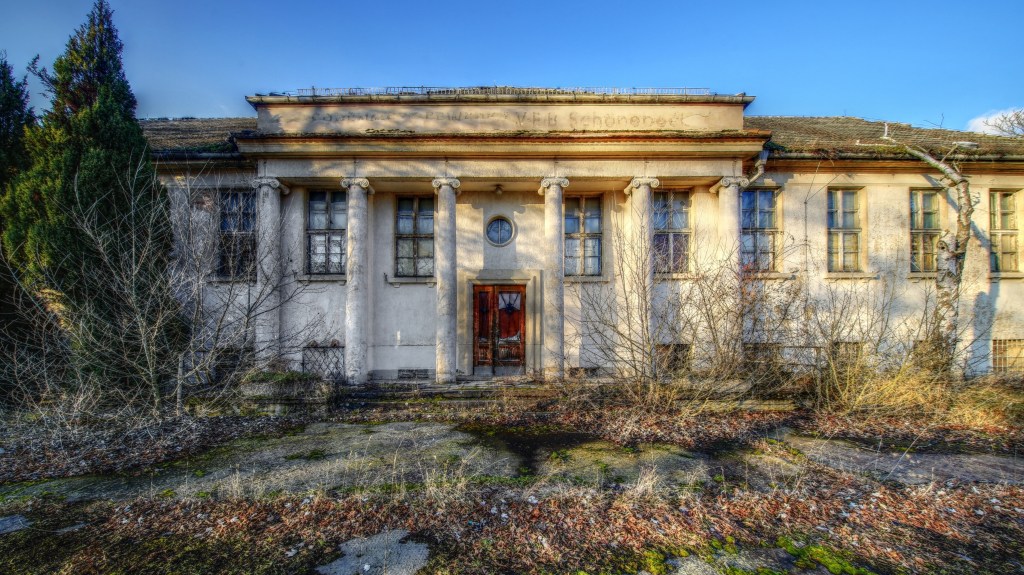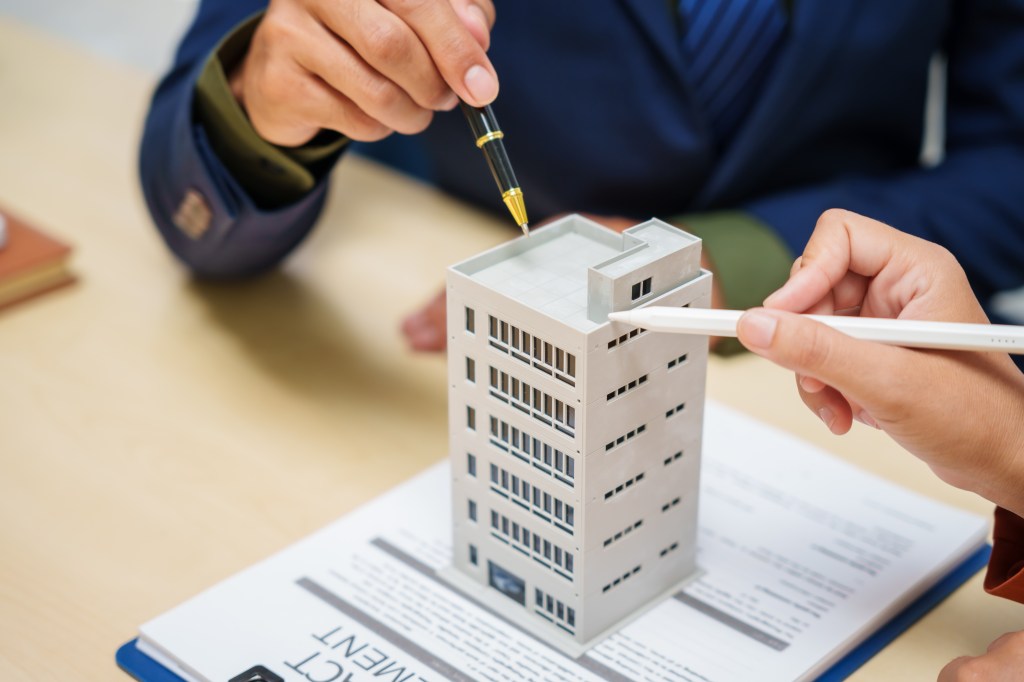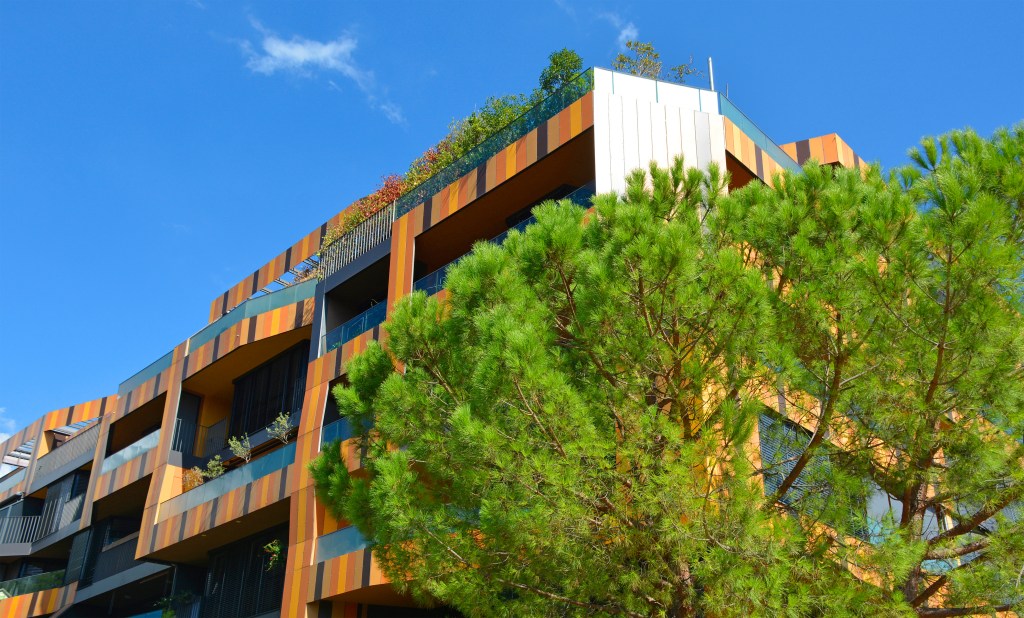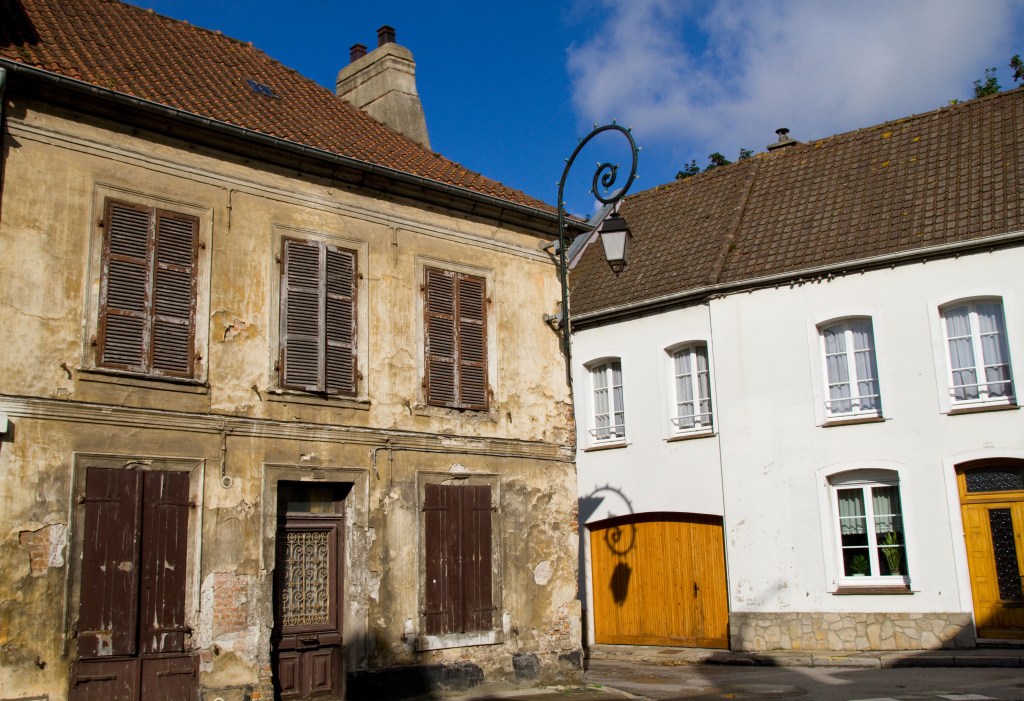Revitalizing Communities: Renovating Historic Vacant Properties

Across cities and towns, the movement to save historic houses and buildings through renovation is gaining momentum, driven by urban infill efforts, community revitalization initiatives, and strong investor interest. These efforts play a crucial role in the broader mission to save historic buildings, ensuring that architectural heritage remains intact for future generations and that communities retain their unique identities. By breathing new life into structures that have stood for decades—or even centuries—these projects help preserve the craftsmanship, character, and cultural significance that make historic neighborhoods distinct.
These once-abandoned structures are now recognized as valuable assets, offering a unique opportunity to restore history while simultaneously promoting economic growth and environmental sustainability. Restoring and repurposing these buildings reduces construction waste, minimizes resource consumption, and contributes to eco-friendly urban development.
Preserving existing structures and carefully integrating original building materials into restoration projects helps maintain authenticity while enhancing neighborhood character, ensuring that modern upgrades complement historical features rather than overshadow them.
By revitalizing abandoned properties through thoughtful restoration and vacant building redevelopment, developers and homeowners can protect local history, save historic buildings, and create vibrant spaces that attract businesses, residents, and visitors. These revitalized districts often become cultural and economic hubs, fostering tourism, supporting small businesses, and strengthening community ties. When restoration efforts are approached with careful planning and a commitment to preservation, historic buildings can serve as lasting testaments to a city’s architectural legacy, enriching communities and shaping their identities for generations to come.
The Concept of Adaptive Reuse: A Sustainable Solution
Adaptive reuse is reshaping the way communities approach historic preservation, offering a sustainable solution that prioritizes reusing existing buildings rather than tearing them down. This approach transforms aging structures into functional spaces, whether offices, residences, or cultural hubs, allowing them to serve modern needs while retaining their architectural essence. By focusing on building restoration rather than demolition, property owners can preserve the craftsmanship and historical significance of these structures while adapting them for contemporary use.
Embracing sustainable historic renovation not only reduces waste but also helps conserve natural resources by repurposing original materials rather than relying on new construction. Additionally, ongoing maintenance plays a crucial role in ensuring that revitalized spaces remain functional and well-preserved over time. By modernizing old properties through adaptive reuse, developers and communities can enhance neighborhood character, promote eco-friendly practices, and prove that revitalized historic spaces can continue to flourish in a rapidly evolving world.
Benefits of Preserving Historic Architectural Details
Preserving historic architectural details is more than an aesthetic choice—it’s a commitment to safeguarding a building’s historical significance while honoring craftsmanship, culture, and community identity. Maintaining original facades, intricate moldings, and authentic windows ensures that buildings retain their historic character, reinforcing their designation value, which can be crucial for securing tax credits and generating local interest. These efforts are particularly vital in historic places, where architectural integrity contributes to the overall identity and cultural narrative of a community.

By adhering to historic preservation guidelines and restoring historic structures with care, property owners can enhance the visual appeal of their buildings while contributing to the broader effort to protect historic places from neglect and modernization pressures. Thoughtful restoration maintains architectural authenticity, safeguarding unique design elements such as ornate facades, handcrafted woodwork, and decorative masonry that define a building’s historical significance.
Whether it’s a century-old storefront, a historic residential home, or a landmark with deep community ties, preserving these distinctive details fosters a deeper appreciation for the past while strengthening local heritage. These efforts not only protect cultural identity but also support tourism, economic growth, and neighborhood revitalization. By ensuring that these timeless designs remain an integral part of the urban landscape, property owners help shape the character of historic places, allowing future generations to experience and learn from the architectural beauty and craftsmanship of earlier eras.
Key Challenges When Restoring Abandoned Properties
Restoring abandoned properties presents a unique set of challenges that require careful planning, specialized expertise, and a deep understanding of the preservation process. Many historic buildings suffer from hidden water damage, weakened foundations, or outdated materials such as asbestos and lead paint, all of which pose serious health and structural risks. Renovation risks for vacant buildings can escalate quickly, as unforeseen issues like mold infestations or compromised electrical systems often emerge during restoration. Adhering to current building codes is essential to ensuring that renovations meet modern safety and efficiency standards while maintaining the historical integrity of the structure.
One effective strategy in historic restoration is reusing existing materials whenever possible, as salvaged wood, brick, and architectural details help maintain authenticity and reduce environmental impact. Additionally, incorporating new materials that blend seamlessly with original elements ensures durability and longevity without compromising the character of the property. Ensuring structural safety in restoration efforts demands thorough inspections, expert assessments, and contingency planning to address unexpected setbacks.
Despite these hurdles, overcoming the challenges of historic renovation can ultimately revitalize neglected properties, preserving their architectural legacy while creating safe, functional spaces for modern use.
Meeting Modern Building Codes Without Compromising History

Restoring historic structures while meeting modern building codes requires a thoughtful approach that balances preservation with innovation, ensuring long-term viability and enhanced property values. Historic landmark code compliance demands careful modifications to maintain safety, accessibility, and energy efficiency without compromising the original architectural charm that makes these buildings unique. For building owners, upgrading historic properties often involves incorporating modern materials, reinforcing structural elements discreetly, and integrating energy-efficient systems that seamlessly blend with the existing framework.
Whether restoring grand facades or updating interior spaces, renovators must employ creative design solutions that respect historical significance while adhering to current regulations. Local governments play a crucial role in supporting these efforts, offering guidance, incentives, and preservation programs to encourage responsible restoration. By embracing this delicate balance, property owners can safeguard the integrity of historic buildings while ensuring they remain functional, sustainable, and valuable assets for future generations.
Historic Tax Credits and Financial Incentives
Historic tax credits and financial incentives provide essential economic benefits, making the restoration of historic properties more feasible and cost-effective. State and federal programs offer substantial financial assistance to property owners and developers who adhere to historic preservation guidelines, ensuring that these structures retain their architectural integrity. By renovating historic vacant properties in compliance with these standards, owners can not only enhance their buildings’ value but also access significant tax reductions and funding opportunities that support preservation efforts.

Understanding operational procedures and eligibility requirements is crucial for maximizing these incentives, as careful planning and adherence to preservation regulations can significantly reduce restoration costs and streamline the restoration process. Property owners and developers who navigate these guidelines effectively can unlock substantial financial support, making historically significant projects more feasible while ensuring compliance with preservation standards.
Leveraging these financial resources allows communities to protect their architectural heritage while stimulating local economies through job creation, tourism, and increased property values. By investing in restoration efforts, municipalities and property owners can revitalize aging structures, attract business interest, and reinforce the cultural and historical identity of their neighborhoods. Through strategic use of these incentives, historic properties can continue to serve as valuable assets, enriching communities and preserving local character for generations to come.
Bringing Utility Systems into the 21st Century
Bringing utility systems into the 21st century is essential for modernizing old properties while preserving their connection to a particular period and cultural heritage. Upgrading historic landmarks with advanced plumbing, electrical, and HVAC systems ensures they remain functional, efficient, and safe without compromising their original architectural charm. Thoughtful restoration allows these structures to maintain their ties to community history while gaining new life as modern, livable spaces.
Sustainable historic renovation techniques, such as energy-efficient heating and cooling solutions, smart lighting, and water-saving fixtures, significantly improve the performance and longevity of these buildings while reducing environmental impact. By incorporating advanced insulation materials, solar panels, and geothermal heating, historic structures can achieve higher energy efficiency without compromising their original architectural charm. These upgrades not only lower operational costs but also contribute to reducing carbon footprints, making historic preservation an integral part of environmentally conscious urban planning.

Additionally, integrating smart technology, such as automated climate control, security systems, and energy monitoring, boosts efficiency and enhances property value. By balancing innovation with preservation, property owners can align restoration efforts with urban development goals, ensuring that these historically significant spaces continue to serve communities for generations to come.
Planning for Structural and Engineering Assessments
Proper planning for structural and engineering assessments is a critical first step in any revitalized project involving historic property restoration. Before work begins, a thorough structural audit should be conducted to identify potential weaknesses in the foundation, roofing, load-bearing walls, and other core systems that impact the building’s stability. Ensuring structural safety in restoration efforts is essential, as renovation risks for vacant buildings, such as hidden water damage, compromised support beams, and aging building materials, can quickly escalate without early intervention.
Historic properties often possess architectural significance that must be carefully preserved while meeting modern safety standards. Federal laws governing historic preservation provide essential guidance for maintaining integrity while implementing necessary updates. Additionally, technical assistance from engineers and preservation specialists can help property owners develop a strategic plan to reinforce aging building materials while adhering to regulatory requirements.
Investing time in these assessments not only prevents costly setbacks but also lays the foundation for a successful and sustainable restoration process, ensuring historic buildings continue to serve communities for generations to come.
The Aesthetic and Financial Payoff of Thoughtful Restoration
Thoughtful restoration goes beyond simple renovation; it’s a transformative process that enhances both aesthetic appeal and financial value while revitalizing historic areas. Restoring abandoned buildings with care can turn neglected structures into architectural treasures, boosting their marketability and commanding premium prices. These projects not only preserve history but also create opportunities for adaptive reuse projects, allowing spaces to serve new purposes while maintaining their original character.

Beyond financial advantages, revitalizing abandoned properties strengthens community members’ identity and attracts local businesses looking to invest in thriving neighborhoods. Adaptive reuse projects play a crucial role in repurposing these spaces efficiently, ensuring they remain relevant while respecting their historical significance. Well-executed historic building value enhancement fosters economic growth, turning forgotten landmarks into hubs of activity and interest. Investing in restoration doesn’t just protect the past; it fuels sustainable development and ensures that historic spaces remain vibrant and functional for generations to come.
Insuring Historic Properties: What Owners Need to Know
Securing the right insurance coverage is a vital component of any preservation project, ensuring the long-term protection and financial sustainability of historic landmarks and older buildings. With higher restoration costs, extended timelines, and unique risks, these structures require specialized policies that go beyond standard homeowner’s insurance.
Renovation insurance provides crucial coverage for rare materials, intricate restoration work, and vacancy-related vulnerabilities, safeguarding both the investment and the historic features that make these properties invaluable. By securing comprehensive protection, property owners can ensure that older buildings and historic landmarks remain preserved and viable for future generations.
By carefully selecting comprehensive coverage, property owners can preserve architectural integrity while mitigating unforeseen setbacks. This proactive approach not only protects restoration efforts but also guarantees that these historically significant properties continue to serve as enduring landmarks for future generations, ensuring that their cultural and architectural value remains intact for years to come.
Sources:
https://www.autodesk.com/design-make/articles/adaptive-reuse
https://www.thinkaec.com/why-renovating-abandon-buildings-holds-promise/
https://www.acebuildingservice.com/blog/renovating-and-restoring-a-historic-building
https://www.linkedin.com/pulse/unique-challenges-rewards-restoring-abandoned-jan-michael-mcclintic-z7gtf/
https://www.cnbc.com/2024/10/12/look-inside-abandoned-properties-turned-multimillion-dollar-dream-homes.html

